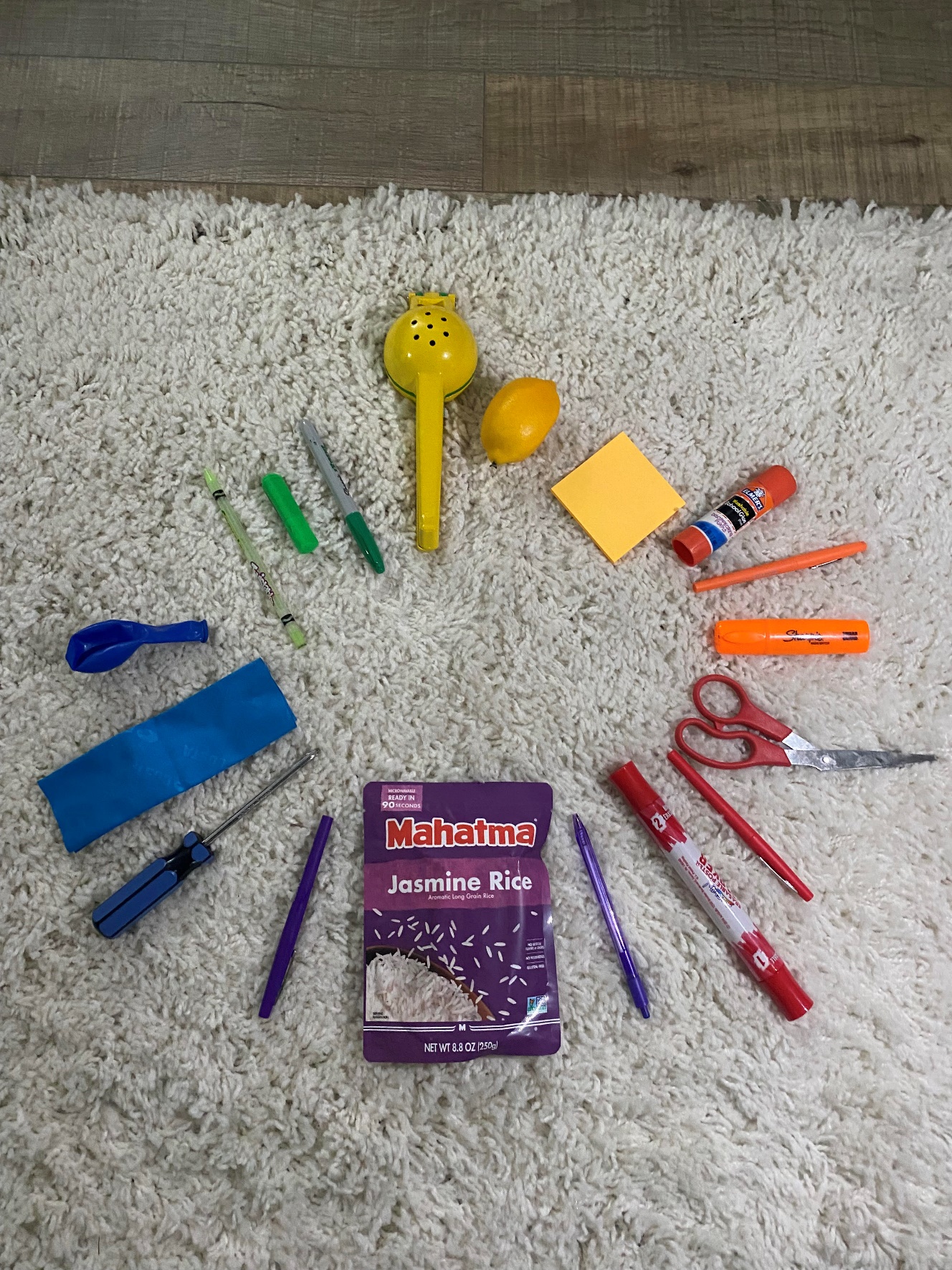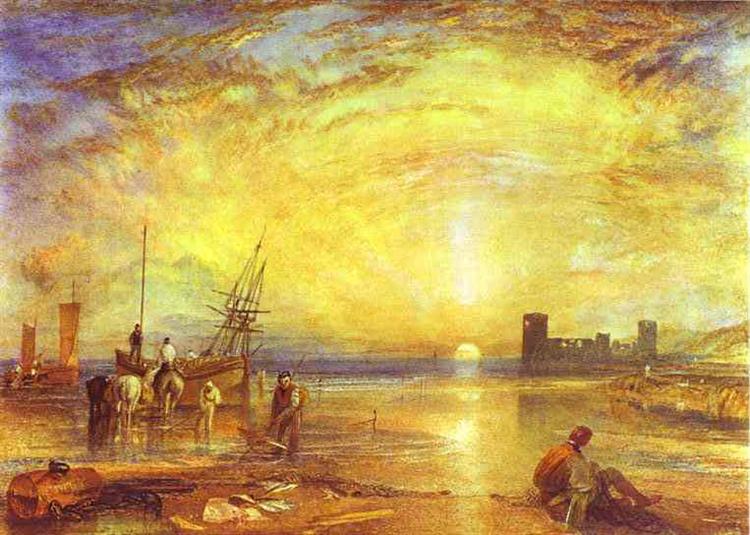There is a close connection between the colors and people’s emotions. Each object around has its color, which affects perception. Associations that colors evoke were formed through generations of ancestors and personal experiences. For example, blue and light green are more likely to cause pleasant emotions due to association with nature, sky, and grass. Moreover, a person’s pleasant and unpleasant memories can be linked with specific colors, which in the future affect personal interests. Individuals will react to a particular color differently: response depends on social and cultural conditions. For example, in various societies, black is often associated with grief (Baniani, 2022). Other colors around a person, such as choice in clothing or design, may be related to holidays, fashion, and personal preferences of the individual. Even though people may not think about the meaning of colors, their perception has specific patterns in influencing mood, and therefore colors are abundantly represented around.

The arrangement and selection of colors in the set are crucial for their perception. A person strives to see something that is both pleasant and engaging. Colors with solid contrast can be chaotic, and overload perception and similar colors do not attract attention. Therefore, the arrangement of colors and their harmony are significant. Considering the proposed color wheel, it is quite harmonious and aesthetically pleasing and does not require much configuration. Nevertheless, one can experiment and change some elements in the same spectrum, such as orange glue and marker, since the glue has a darker tone, which brings it closer to red.

The correct use of color is the key to the success of artists. J.M.W Turner’s masterpiece Flint Castle is an example of skillful color application. The painting was completed in 1838 and featured one of the most spectacular portrayals of the sun with the ocean and other features along the seashore (Turner, 1838). This blend of nature’s complete realness as we view it is portrayed artistically by Turner as he blends the colors down to the best form. Turner’s piece captured the splendor of the sun and the ocean in a single picture, a task that even some of the world’s most renowned artists have battled to achieve.
References
Baniani, M. (2022). The association between colors, color preferences, and emotions among Japanese students: From Elementary School to University. Color Research & Application, 47(4), 992–1004. Web.
Turner, J. M. W. (1838). Flint castle [painting]. Art-Turner. Web.